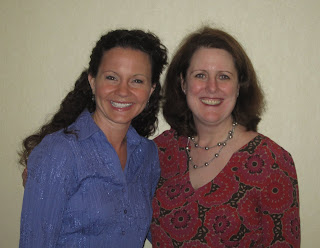A Word about Furniture Assembly
I woke up a Sunday morning about a week ago with the bright idea that I needed to provide child #2 more storage in his tiny bedroom. Although he has a beautiful, matching bedroom set that we purchased while he was still in utero, the height of the dresser that came with the set was up until now too high for him to get his clothes out of the top drawer. Child #2, being an extremely agile critical thinker and climber, solved this problem by using the bottom drawer as a step stool and hoisting himself up to pull out the top drawer. The result? Two broken drawers in a five-drawer dresser.
I consider myself something of a whiz with a hammer and a butter knife and have repaired this piece of furniture several times throughout the years on my own. But American craftsmanship not being what it used to be, child #2 was able to break both drawers immediately following my repair and has been left with only three drawers that serve any purpose. That, coupled with the fact that I am convinced he’s going to pull the top drawer out and give himself a subdural hematoma spurred me to wake up and call my friend, Mary Ann, and ask her if she wanted to drive to a big-box furniture store that shall remain nameless. Big-box furniture store has good, cheap furniture. The only catch is that you have to put it together yourself. How hard could that be? I asked myself. Mary Ann assured me that her handy husband had no problem assembling the two dressers that she bought a few weeks earlier and that they were excellent examples of Scandinavian craftsmanship.
Bonus—Mary Ann has an SUV. We could shop to our hearts’ content and still have enough room to put all of our purchases in the back. The whole day was to be a thing of beauty. We would even schedule time to have Swedish meatballs in the big-box furniture store’s cafeteria. What could better?
What could be better? Furniture that is already assembled.
Two things I didn’t count on? Technical drawings/directions, and almost one hundred degree temperatures with sixty percent humidity.
I decided that there was no time like the present. I also know, from experience, that the longer I let things like assembling furniture from big-box Scandinavian furniture stores go, the more likely it is that aforementioned furniture will be sold, for a loss, at a tag sale at some date in the future. So, armed with a butter knife and a hammer, I plopped myself in child #2’s room and set about putting together a three-drawer dresser.
Step 1: Put it together backwards.
Step 2: Nail backing of dresser to front of backwards dresser.
Step 3: Curse as if you’re an extra on “The Sopranos.”
Step 4: Take backing off of front-ing, pull out nail holes that now adorn the front, and complain to husband.
Step 5: Wonder why husband can’t read minds and bring you a glass of cold Chardonnay when you think about it.
Step 6: Put drawers together.
Step 7: Attempt to put drawers in and realize that dresser is still backwards.
Step 8: Take backing off again and kick drawer.
Step 9: Leave room, your hair dripping sweat and curse out big-box Scandinavian furniture store, swedish meatball gas building in your abdomen.
Step 10: Do not go back into room. Stare longingly at half-assembled dresser.
I let it go three days before returning to it. Cost of dresser: $149. Amount of time it took me to put together: 6 hours. Me swearing off big-box furniture stores: Priceless.
Maggie Barbieri

